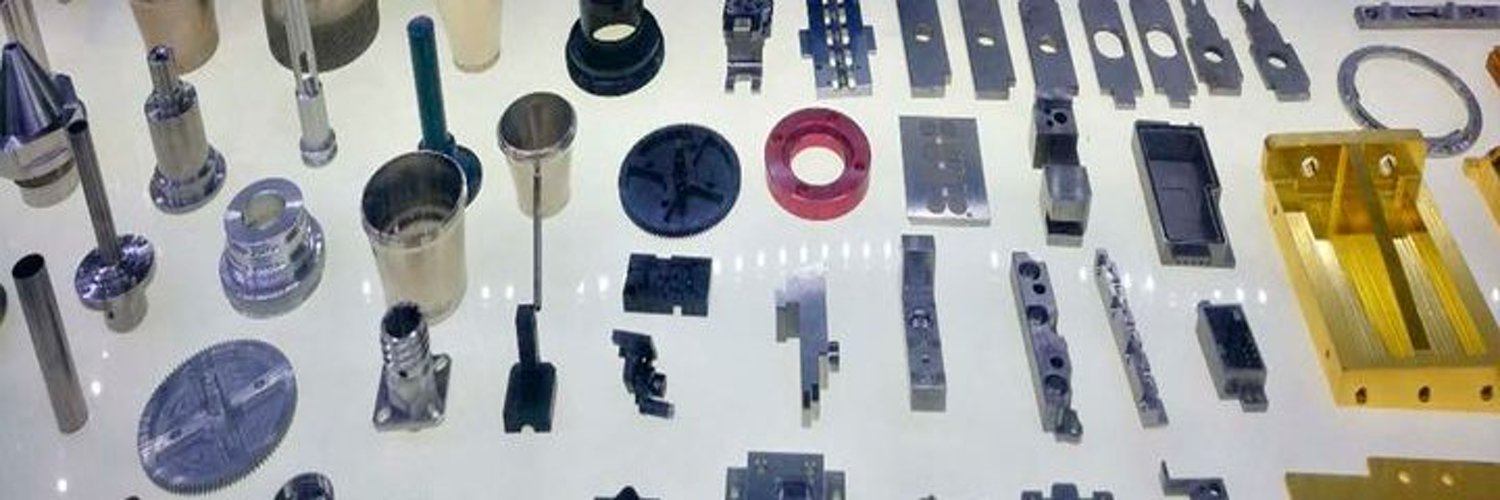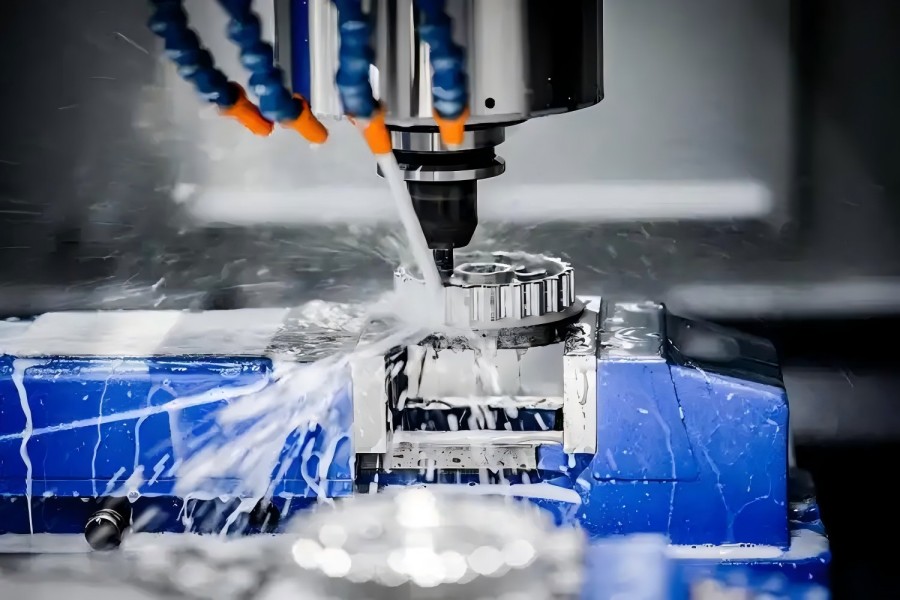- Guangzhou Sinoth Import and Export Co., LTD
Tel: 020-8968-8980
Website:www.gzsynoth.com
Email: belinda@dginfa.com(24 hours online)
Phone: +86 189 2740 6786
Address: No 5, Jinshi Three Street, Shiling Town, Huadu District,Guangzhou City, Guangdong Province
CNC machining factories employ a systematic approach to handle defects, ensuring quality control and continuous improvement.
Here's a structured breakdown of their strategies:
First. Defect DetectionInspection Tools: Use precision instruments (calipers, micrometers, CMMs) and optical comparators for post-machining checks.
In-Process Monitoring: Sensors and real-time feedback systems track tool wear, vibration, and temperature to prevent defects during machining.
Automated Quality Control: Vision systems, laser scanners, or AI-driven inspection for high-volume production.
Second. Root Cause Analysis
Problem-Solving Frameworks: Apply methodologies like 8D or Six Sigma (DMAIC) to identify sources of defects (e.g., programming errors, tool wear, material inconsistencies).
Machine/Process Audit: Check CNC program accuracy, machine calibration, and fixture stability.
Third. Corrective Actions
Tool Adjustments: Replace worn tools, adjust offsets, or optimize cutting parameters (speed, feed, depth of cut).Program Revisions: Modify G-code to fix tool paths or compensate for machine inaccuracies.
Material Replacement: Swap out substandard raw materials.
Fourth. Preventive Measures
Predictive Maintenance: Schedule machine servicing based on usage data to avoid breakdowns.Process Optimization: Use CAM software simulations and SPC to maintain tolerances and reduce variability.
Design for Manufacturability (DFM): Collaborate with clients to simplify complex geometries or adjust tolerances.
Fifth. Rework and Scrap Management
Salvageable Parts: Re-machine, polish, or apply secondary processes (e.g., welding) to save defective components.Non-Salvageable Parts: Document scrap rates and analyze trends to reduce waste.
Sixth. Documentation & Traceability
Defect Logs: Record details of each issue (type, cause, solution) for future reference.Digital Tracking: Use MES or ERP systems to trace batches and monitor process adherence.
Seventy. Quality Management Systems (QMS)
Certification Compliance: Follow ISO 9001/AS9100 standards for standardized defect handling.Supplier Quality Control: Inspect incoming materials and vet suppliers to minimize material-related defects.
Eighth. Training & Culture
Operator Training: Regular workshops on defect identification, machine operation, and QMS protocols.Continuous Improvement: Encourage feedback from floor workers to refine processes.
Ninth. Customer Communication
Transparency: Notify clients of delays due to defects and propose solutions (e.g., rework, expedited production).
Example Workflow:
Dimensional Error: Detect via CMM → Identify tool wear → Replace tool + adjust offset → Update preventive maintenance schedule.
Surface Roughness: In-process sensor alert → Optimize feed rate/spindle speed → Revise CAM parameters.
By integrating these practices, CNC factories minimize defects, enhance efficiency, and maintain customer trust.



